Introduction
Customer loyalty, as a rule, actually highlights the extent to which a consumer can devote himself or herself towards the company products and services just because of the high level of satisfaction. This refers to the consumers’ tendency to like and choose any one particular brand over the available many other options. The main aim of this report is to highlight the applicability of the concept of customer loyalty in an online retail business. For this purpose, the company of ASOS is selected which is the best and suitable example of the online retail business. The example of ASOS is a suitable solution for the completion of this particular report because this retailer is highly famous for its loyal customer base. It is possible to evaluate the effectiveness of brand loyalty by the influential branding strategy of ASOS, which is highly consumer-centric in nature. A stronger loyalty from a customer means an intense loyalty effect in that particular company.
The brand power or the concept of customer loyalty is highly linked with the level of customer satisfaction. Consequently, happy clients always favour particular brands that come up with the fulfilment of their demands and needs. Loyal consumers usually prefer to purchase particular company products or services utterly, and they are not enthusiastic about changing their preferences for any of the competing firms. In the case of ASOS, a British based online fashion brand, the reason for the global presence of a clothing store is the actual power of the loyal customers. The customers at ASOS demand consistency in the high product quality, which is offered at a low price. It is the key success factor behind the strong customer base at ASOS online retail Company.
Customer Loyalty at ASOS
Company Profile
ASOS is a British based online fashion retail company that started its business operations in 2000 in London. At the time of initiation, the main target customers at the company were only young adults. The research studies about the sales of ASOS tell that the website of the company nearly deals with more than 850 brands including its own product lines of clothing and accessories. On the other hand, the shipments of ASOS Company are going nearly worldwide by covering more than 200 countries on the globe (Cichosz et al. 2017). The fulfilment centres of the company are in the UK, US and Europe. The entire information depicts the strong customer base of the ASOS Company in the global market.
The main source of online business in the case of the ASOS Company is local mobile companies and web experiences. The company serves a huge base of loyal and sincere customers around the globe. The product lines of the corporation cover a variety of entities including clothing ranges, women and men’s wear, cosmetics, jewellery and other accessories, footwear and beauty collections (Juga, Juntunen & Paananen 2018). The company works under some of its own label names including ASOS Curve, ASOS Tall, ASOS Petite and ASOS Maternity. The management of the company deals with a wide and extensive range of customer segments and sizes across different categories and price points. Including the USA, UK and Europe, the company has also maintained return centres in the countries of Australia and Poland (Lemon & Verhoef, 2016). The company deals with the local and customised web and mobile services in different countries including Australia, France, Germany, Italy, Spain, Russia and the United States.
Consumer-Centric Approach at ASOS
The management at ASOS Company always tries to behave and operate in a consumer-centric pattern. In order to fulfil the requirement of customers, the leaders of the corporation always plan the ideas and strategies that can grab new customers and try to retain the previous ones in a more loyal way (Ramadhan, Kusumawati & Mawardi 2018). Therefore, there are some strategies and schemes offering such services to customers that attract more buyers in the end. The research studies have shown that in the case of such clothing brands, customers, as a rule, behave cynically towards discounts and loyalty programs (Coelho, Rita & Santos 2018). The ASOS Company has taken advantage of this research and thus tried to involve loyalty programs for better customer relationship management. Figure 1 demonstrates the key indicators of the corporation in charts and percentages in relation to the market potential, the target audience, and the share of online penetration (Market potential, addressable population and Internet penetration 2018). This figure and further images can also be found in Appendix 1.

Attracting More Loyal Customers
The company has always tried to attract more loyal customer by offering certain schemes and proposals that can grab the attention of the buyers. In addition to these tactical steps, the user-friendly selling approach also involves and retains loyal clients because they think that the company works more on customer-centric approaches and strategies for their business operations. In order to maintain this perception, the management of the ASOS Company has planned for local and customised mobile and web access for clients to order at their websites (Bilgihan, Kandampully & Zhang 2016). Web maintenance is highly dependent upon a particular geographical region and its specialities about customers. The main tagline of the ASOS Company is to deal with young adult customers. In this regard, the use of social media is highly an attractive approach to reach the target audience (Bustamante & Rubio 2017). The management has discovered that social media marketing campaigns are highly cost-effective.
In order to consider the strategy of obtaining the maximum profit, it is required to assess the effectiveness of specific revenue drivers developed to work with the client base. A customer retention policy is a significant aspect of ASOS’s activity, and those oriented work principles that are promoted in the corporation contribute to the growth of profits and interest in products. According to Figure 2, buyer retention is the most efficient technique in the modern business environment. Therefore, managers are to pay particular attention to this aspect of activities and promote relevant loyalty programs (Retail revenue drivers 2019).
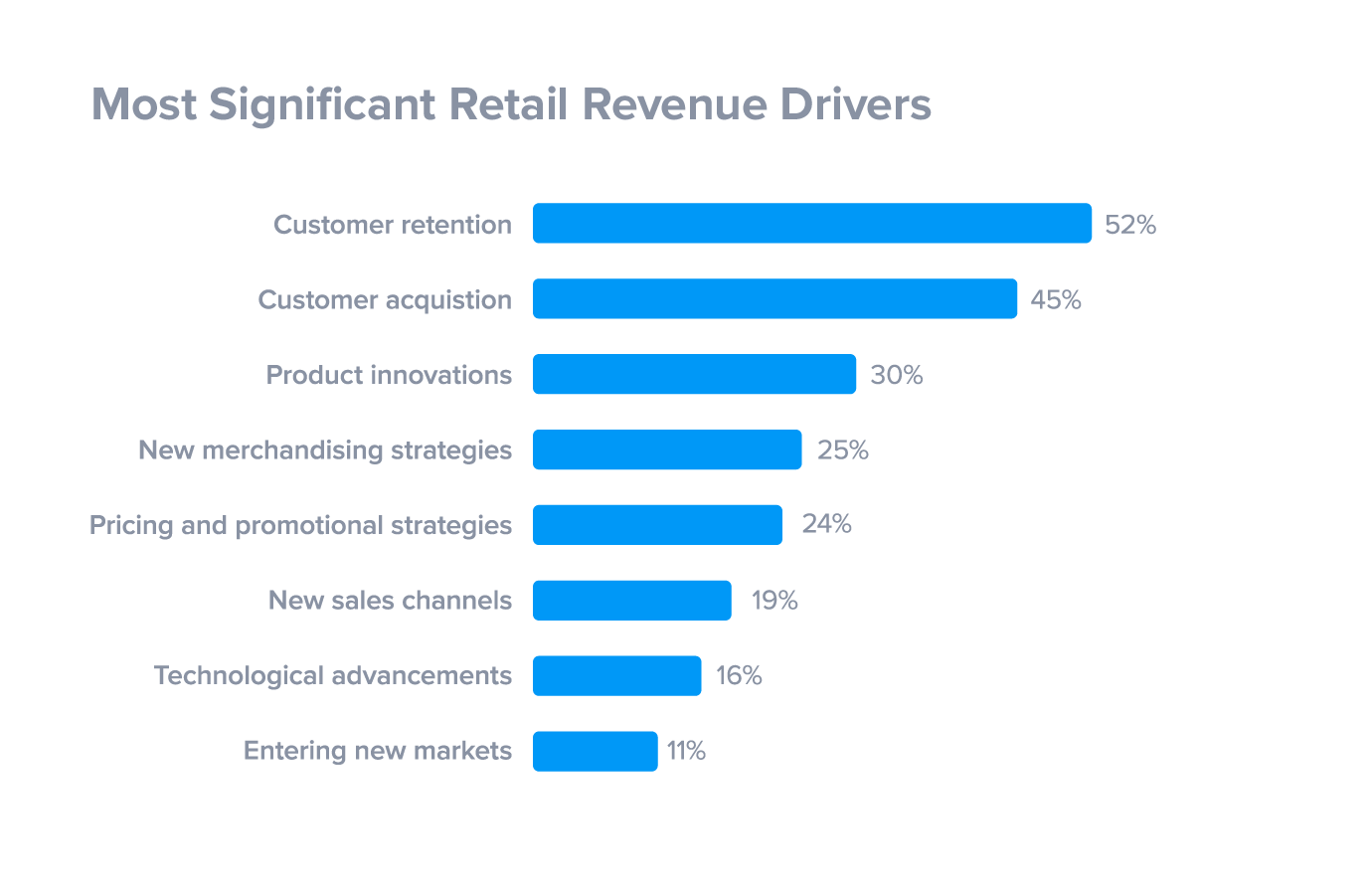
Building Strong Customer Loyalty at ASOS
ASOS is one of the top leading online retail businesses in the world. Customer loyalty is the only factor that has contributed to the success of the brand in a progressive manner. The management continuously plans for a new and innovative strategy to attract and retain loyal customers (Saura et al. 2017). Further, some of the customer-centric policies or the plans of the ASOS Company will be discussed, which have helped the management of the corporation to achieve this particular level of success.
A-List Loyalty Schemes. In February 2016, the management of ASOS Company launched the scheme of A-List loyalty scheme that was the initiative or an innovative step in the competitive online fashion retail business. At that period, the competitors of ASOS, including Boohoo and Misguided, did not participate in the launch of any such customer loyalty scheme. The main theme of this strategy was that every £1 spent could save five points against the spending (Solberg & Kaasin, 2018). After gaining 500 points, thereby spending £50, a customer might receive a reward of a free £5 voucher to shop at an online store. There are distinctive three categories of this A-List loyalty scheme for clients where each category defines its rewards system differently. The groups even include such events as birthdays or any particular cases (Konstantinou, 2018). The aim of these measures was to grab the attention of the customers or make them even more loyal.
In the era of technology, an online business entity that may be called e-commerce is highly competitive in nature. Therefore, gaining customer loyalty for any venture is a highly significant and influential matter for strategy-making at the company (Fernandes & Moreira, 2017). The main aim of this loyalty scheme at ASOS is to make customers ready for spending their money. The research studies have shown that after the initiation of the loyalty schemes, nearly 60% of the UK residents think that all the retail stores including online businesses should offer such loyalty schemes to retain customers along with such beneficial plans for them (Tontini et al. 2015, p. 159). This fact allows arguing that such a policy of engaging buyers is successful enough.
Premier Delivery. A premier delivery scheme at the ASOS Company means that the spending of £9.95 can save £5.95 for every single order placed at a website or through a mobile application. This loyalty scheme is a common practice in many of the online retail businesses, for instance, Amazon that is the leader of the premier delivery mechanism. Figure 3, is demonstrated, comparing the indicators of Amazon and other retailers, including ASOS, after adopting a specific course on client loyalty (Delta category shopped after subscribing to a loyalty program 2018).
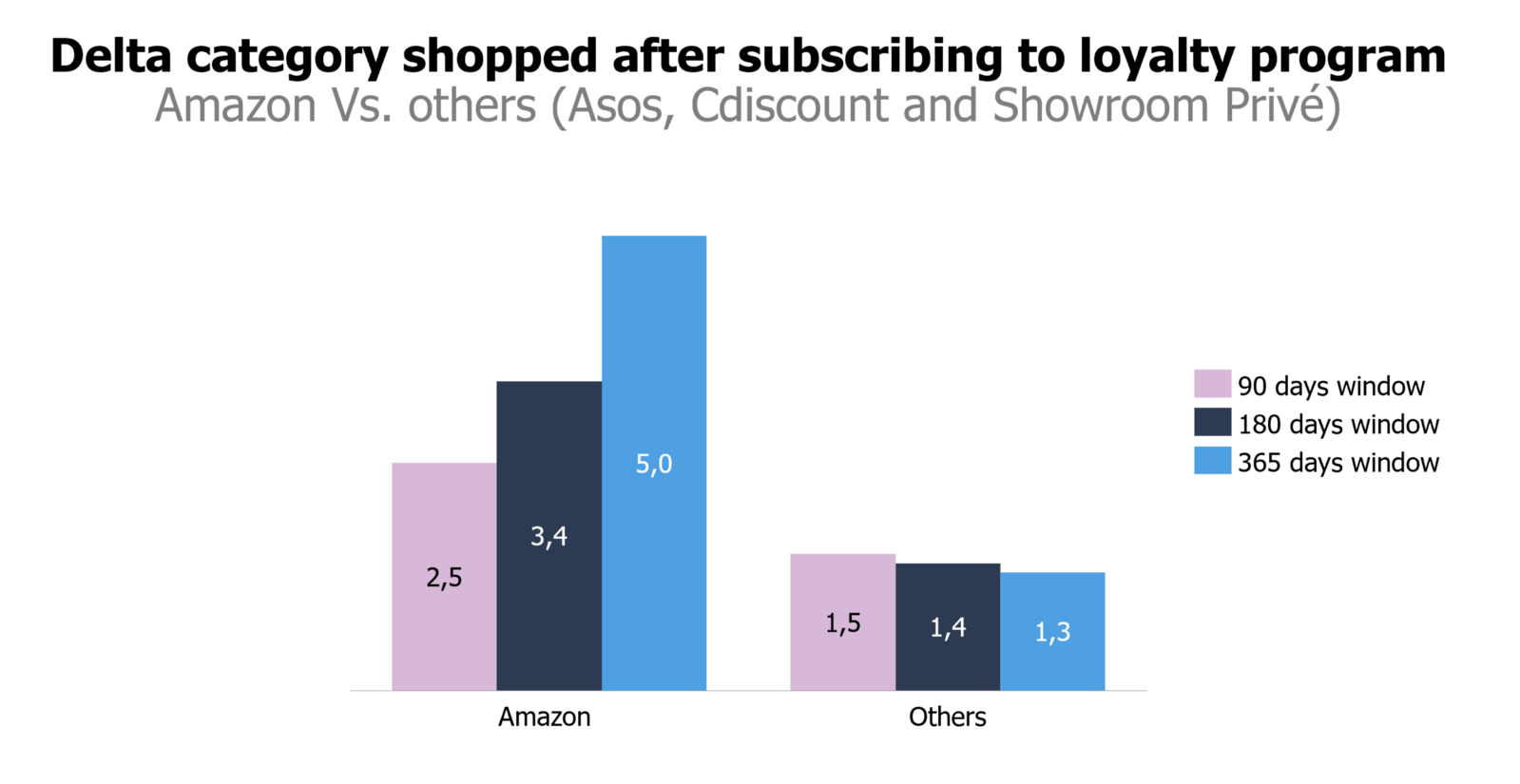
However, in the case of the ASOS Company, the management promises this premier delivery with one day waiting throughout a year, which welcomes a customer to shop in a faster mode without waiting long for deliveries (Hoekstra 2017). This particular scheme includes occasional discounts, accessible early sales and monthly magazine membership. Such bonuses do not incur significant costs for the corporation but are successful mechanisms for attracting customers and promoting products in a competitive market environment. Therefore, the leaders of the retailer take measures to involve buyers in order not to lose market positions.
The research studies have shown that nearly 5 out of 6 people will tend to buy more if they obtain their product delivered on the same date (Watson et al. 2015). The main aim of this loyalty scheme is to allow customers to save money while receiving the delivery of their parcels in a faster mode. Today, when many services offer direct interaction with customers, it is crucial to maintain this mode of operation so that buyers could be satisfied with the speed and quality of feedback and transportation of goods ordered. Fast supply will retain and urge clients to shop more at the company.
Wide Product and Brand Range. The attraction of customers is not bound only to loyalty schemes and discount offers, and the variety of endless brands and extensive product lines may act as a catalyst for boosting clients to shop more. Buyers sometimes are eager to have all their demanded products in one place (Bilgihan 2016). Therefore, ASOS management has taken this customer perception as part of their placement strategy. Initially, the company aimed its activities at young adult customers. On the other hand, today, the company is proud of its extensive product and brand range. In fact, the research studies have shown that the existing loyal customers at the ASOS Company claim that the corporation offers endless brands and products using the power of e-commerce (Wirtz & Lovelock 2016). It is one more way of grabbing and retaining customers by using particular tactics.
Customer Care. Customer care is the most significant tool for creating a positive brand image in the market. Today, the regulation of customer relationship management is highly effective in the business world (Lam 2016). Customer care includes loyalty programs, social and societal marketing projects, as well as after-sale services. The management of the ASOS Company offers a variety of distinctive ways aimed at connecting and contacting in case of any product flaw, any information requirement, any guidance or assistance in the ordering procedure at the website or mobile application (Li & Zhang 2016). However, in the process of professional activities, some gaps may occur, affecting customer satisfaction with the quality of services provided and the overall policy of a specific company. In Figure 4, the gap model of service quality is given, which includes all potential challenges that may arise in the trading process and key stakeholders (managers and users) (Gap model of service quality 2013).
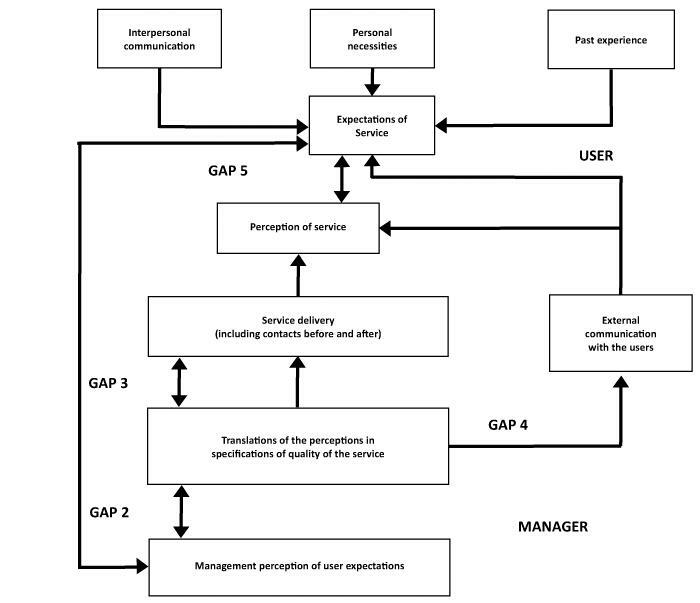
The concept of customer satisfaction is a significant indicator of the success of retailers’ activities in a competitive environment and the constantly changing needs of the target market. Figure 5 presents a model demonstrating the interaction of business components to achieve customer satisfaction (Customer satisfaction model 2014). This frame may be applied to ASOS as a mechanism for assessing the relevance of measures taken to increase interest in its goods and influence the target audience by introducing relevant and high-quality products with responsive service and fast delivery.
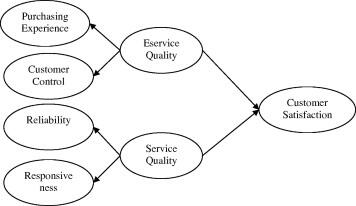
The websites of the ASOS Company own a FAQ section dealing with a wide range of issues, problems and customers’ concerns. The return policy of products, in case of any damage or problems, is highly appreciable and fast at the corporation. In addition to generally asked frequent questions, the website also offers an online chat for customised problems (Fernandes & Moreira, 2017). In the case of social media presence, private messaging is another customer care tool (Tontini et al. 2015). In other words, customer loyalty is one of the significant drivers behind the success of the ASOS Company. Table 1 demonstrates the image of successful trading, in 2018, this corporation was considered the best performing retailer providing its services online as per Summit’s scorecard (Summit’s 2018 scorecard 2018).
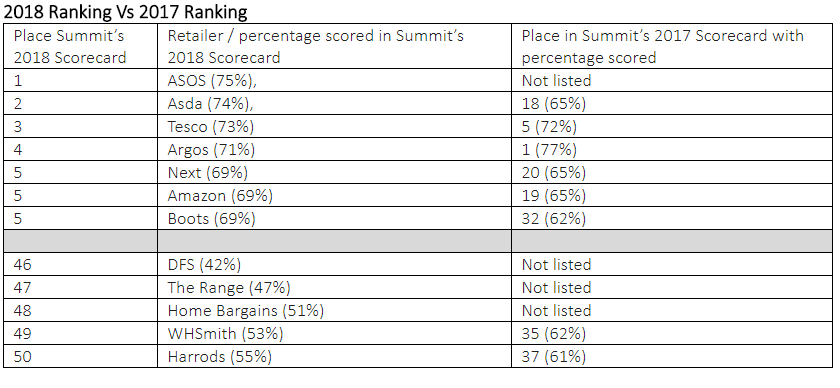
Conclusion
When summarising the material collected, it is quite evident now that the applicability of the concept of customer loyalty is highly visible in the case of an online retail business. Brand control or the idea of customer loyalty relates to the level of satisfaction in the mindset of buyers. The management at the ASOS online store is highly popular in the entire online business world because of client relationship management. The ASOS’s business operations are consumer-centric, thus offering low prices for high-quality products. As a result, contented clients prefer the brand of ASOS that come up with the accomplishment of their exclusive demands and needs.
Trustworthy consumers frequently prefer to buy particular company products or services, and they are not ready to change their preferences for any other available brand. In the case of ASOS, the primary reason for the worldwide occurrence of a fashion-clothing store is due to a strong and loyal customer base. The clients of the company demand reliability in a high-product quality, which is offered at a comparatively low price. It is the key factor behind a strong and loyal customer base at the online retail business of the ASOS Company.
Customer loyalty depicts the degree to which a customer can dedicate himself or herself towards certain products because of high-level satisfaction or delightfulness. The customer loyalty policy of ASOS refers to the tendency of customers to look for and prefer goods over many other furniture companies. This report has justified with the connotation of the applicability of customer loyalty in the context of the ASOS Company. The example of this corporation is the best-suited option for the completion of this report since ASOS is extremely renowned for its faithful customer base.
Appendix 1

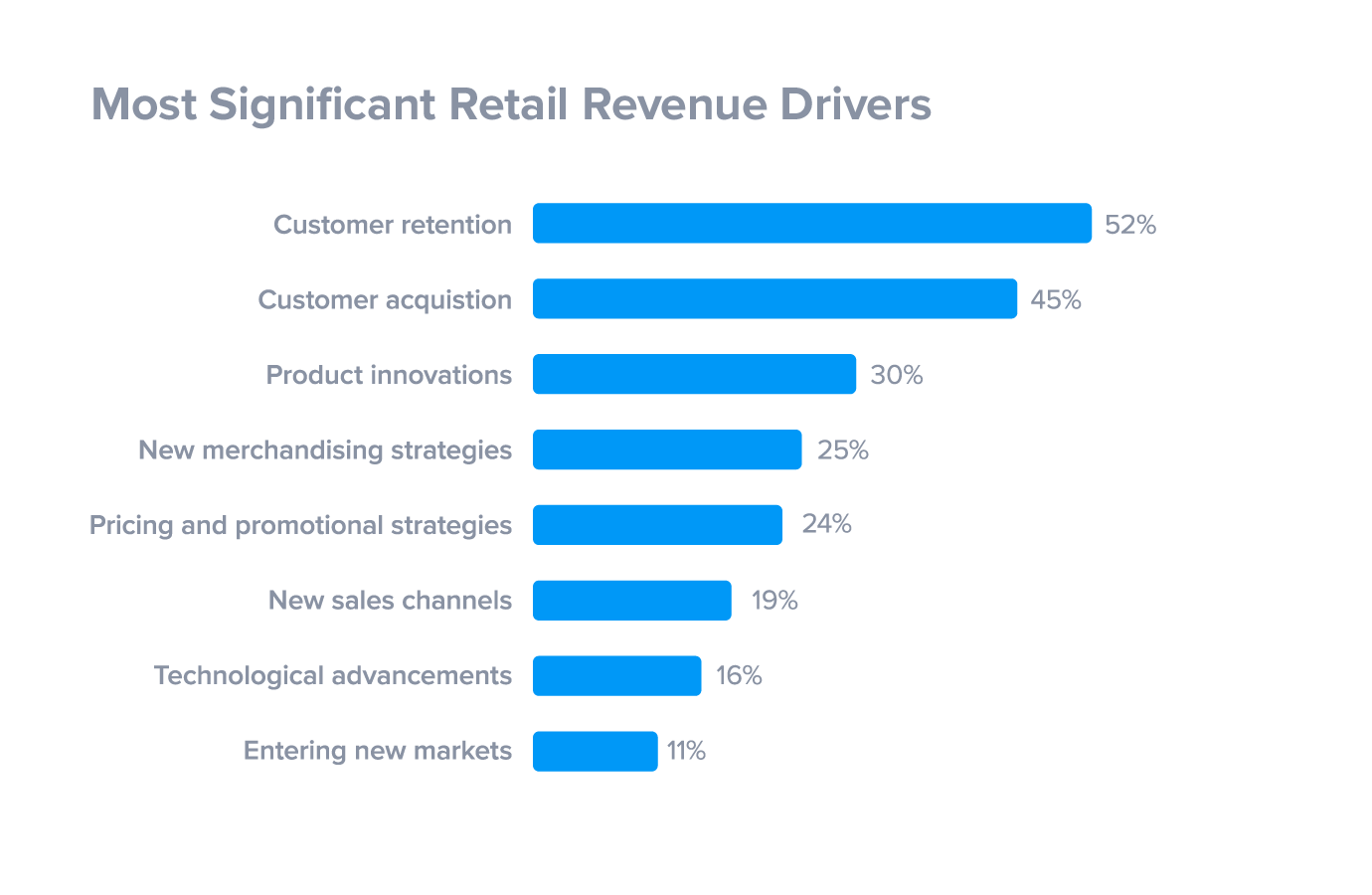
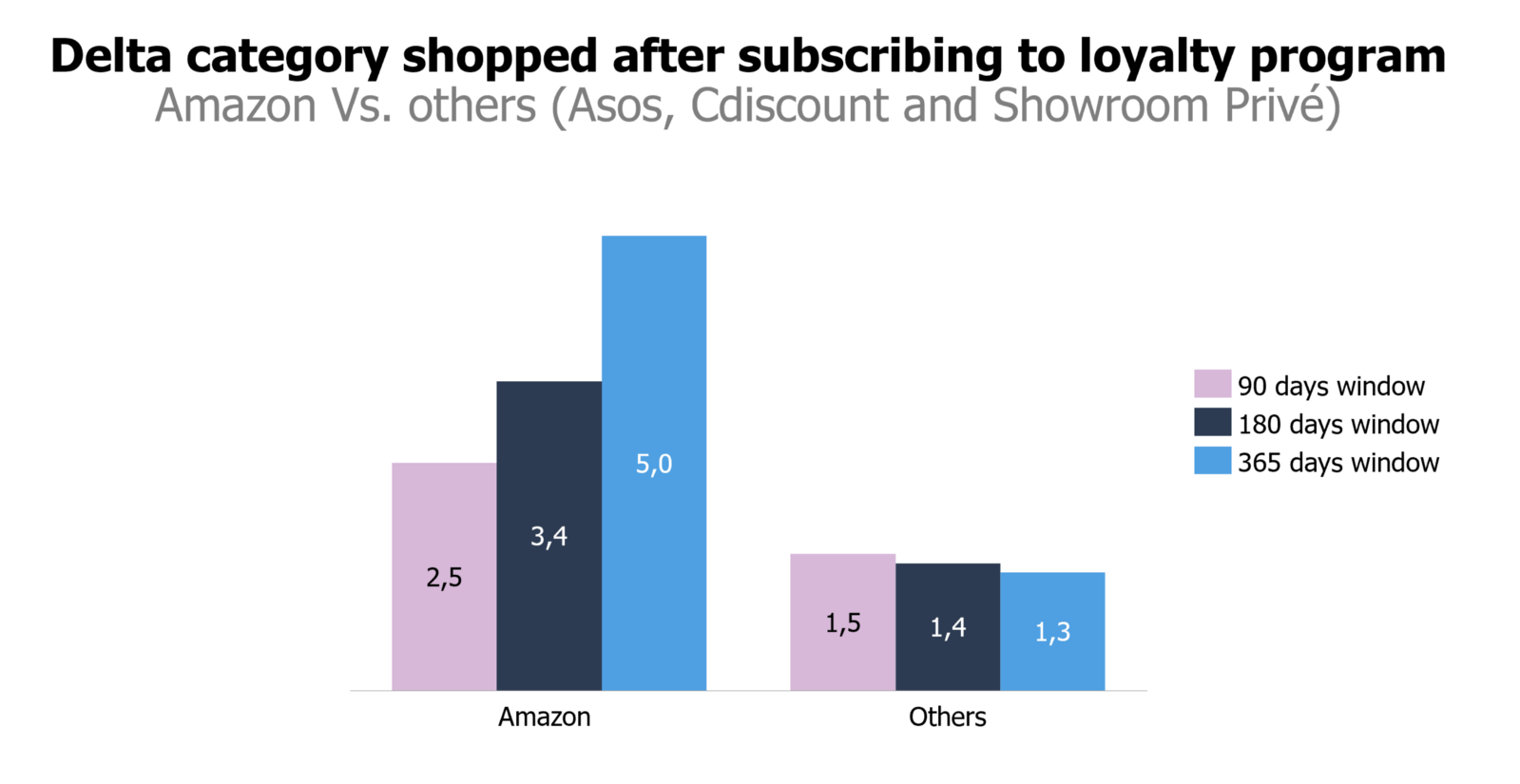
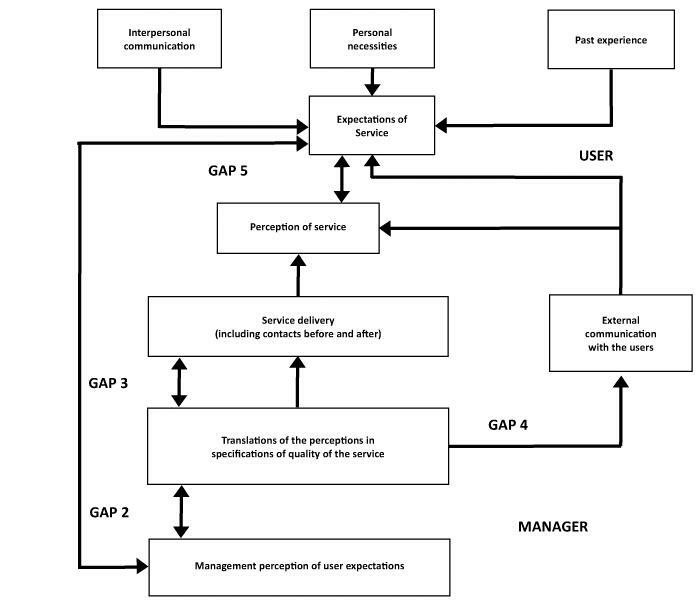
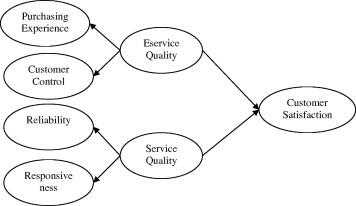
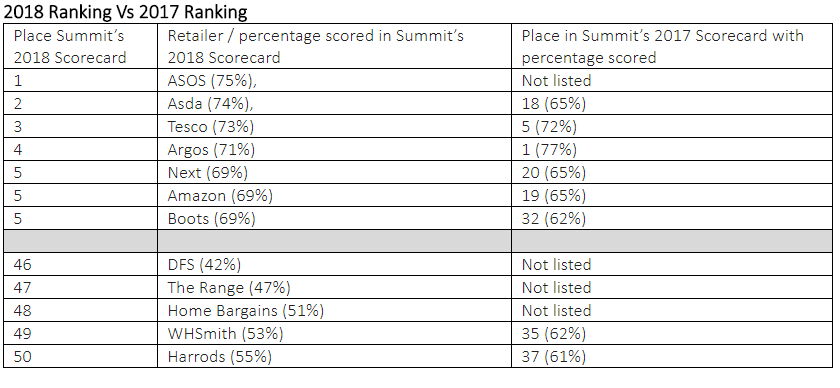
References
Bilgihan, A 2016, ‘Gen Y customer loyalty in online shopping: an integrated model of trust, user experience, and branding’, Computers in Human Behavior, vol. 61, pp.103-113.
Bilgihan, A, Kandampully, J & Zhang, T 2016, ‘Towards a unified customer experience in online shopping environments: antecedents and outcomes’, International Journal of Quality and Service Sciences, vol. 8, no. 1, pp.102-119.
Bustamante, J & Rubio, N 2017, ‘In-store customer experience: a first approximation in the construction of a scale’. ACR Latin American Advances in Customer Research, vol. 4, pp. 76-80.
Cichosz, M, Goldsby, TJ, Knemeyer, AM & Taylor, DF 2017, ‘Innovation in logistics outsourcing relationship-in the search for customer satisfaction’, LogForum, vol. 13, no. 2, pp. 209-219.
Coelho, PS, Rita, P & Santos, ZR 2018, ‘On the relationship between consumer-brand identification, brand community, and brand loyalty’, Journal of Retailing and Consumer Services, vol. 43, pp.101-110.
Customer satisfaction model 2014, image, Web.
Delta category shopped after subscribing to a loyalty program 2018, image, Web.
Fernandes, T & Moreira, M 2017, ‘Customer brand engagement, satisfaction, and brand loyalty: a comparative study between functional and emotional brands’, Journal of Product & Brand Management, vol. 28, no. 2, pp. 274-286.
Gap model of service quality 2013, image, Web.
Hoekstra, HA 2017, ‘Creating customer loyalty in practice: a multiple case approach’, Master thesis, University of Twente, Enschede.
Juga, J, Juntunen, J & Paananen, M 2018, ‘Impact of value-adding services on quality, loyalty and brand equity in the brewing industry’, International Journal of Quality and Service Sciences, vol. 10, no. 1, pp.61-71.
Konstantinou, E 2018, ‘Market research on loyalty programs in the Greek retail market’, Master thesis, International Hellenic University, Saloniki.
Lam, A 2016, ‘The impact of corporate social responsibility on customer loyalty: a study of the banking industry in Hong Kong’, PhD dissertation, Heriot-Watt University, Edinburgh.
Lemon, KN & Verhoef, PC 2016, ‘Understanding customer experience throughout the customer journey’, Journal of Marketing, vol. 80, no. 6, pp. 69-96.
Li, J & Zhang, Y 2016, ‘Chinese consumers’ attitudes toward experiential marketing: the case of IKEA’, Bachelor thesis, University of Borås, Borås.
Market potential, addressable population and Internet penetration 2018, image, Web.
Ramadhan, MI, Kusumawati, A & Mawardi, MK 2018, ‘The influence of relationship marketing toward purchase decision and its impact on customer satisfaction (survey on customer of Informa Tunjungan Plaza Surabaya)’, Jurnal Administrasi Bisnis, vol. 62, no. 2, pp. 37-43.
Retail revenue drivers 2019, image, Web.
Saura, IG, Berenguer-Contrí, G, Molina, MER & Michel, G 2017, ‘Customer segmentation based on store equity: what explains customer store preference?’, Journal of Brand Management, vol. 24, no. 6, pp. 546-561.
Solberg, AW & Kaasin, EB 2018, ‘Growing by exciting: a study of the effects of perceived firm innovativeness on customer satisfaction, customer loyalty, and firm performance’, Master thesis, Norwegian School of Economics, Bergen.
Summit’s 2018 scorecard 2018, image, Web.
Tontini, G, da Silva, JC, Beduschi, EFS, Zanin, ERM & Marcon, MDF 2015, ‘Nonlinear impact of online retail characteristics on customer satisfaction and loyalty’, International Journal of Quality and Service Sciences, vol. 7, no. 2/3, pp. 152-169.
Watson, GF, Beck, JT, Henderson, CM & Palmatier, RW 2015, ‘Building, measuring, and profiting from customer loyalty’, Journal of the Academy of Marketing Science, vol. 43, no. 6, pp. 790-825.
Wirtz, J & Lovelock, C 2016, Services marketing: people, technology, strategy, 8th edn, World Scientific Publishing Company, Singapore.